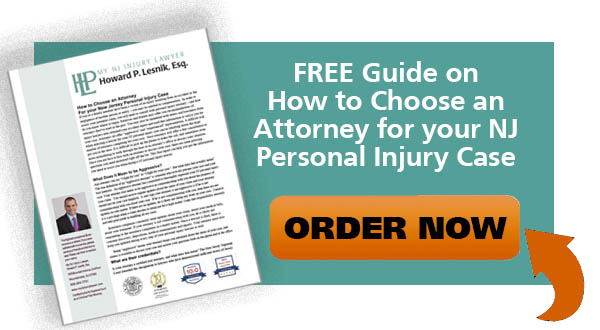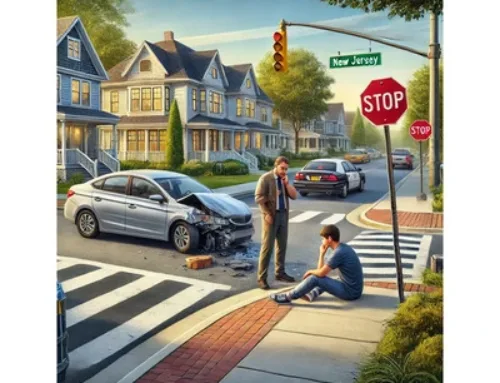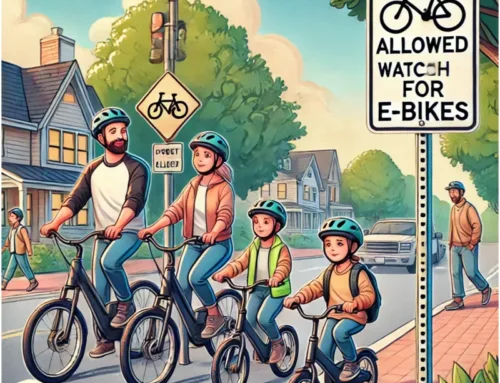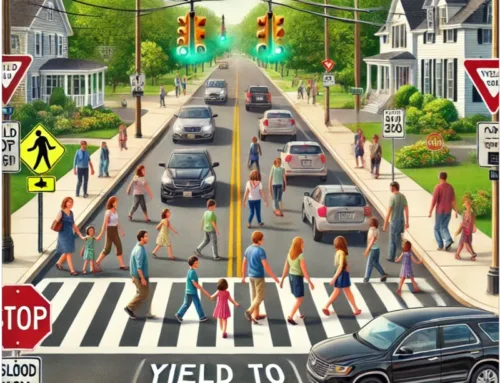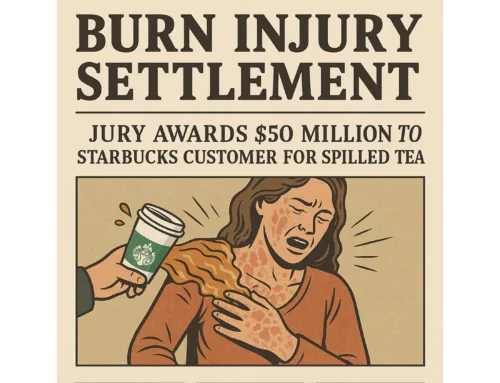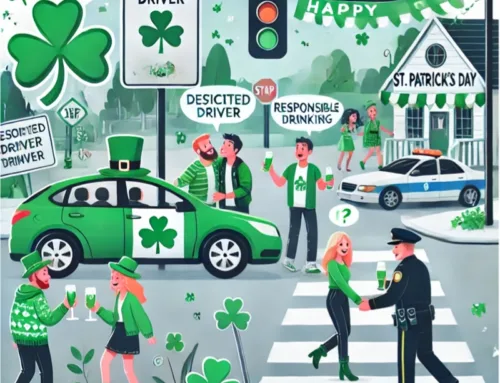Amusement parks have taken on an international appeal in recent decades, but theme parks and the thrill rides that comprise their star attractions remain a quintessentially American form of public entertainment, with a heritage reaching back well over a century. From the historic attractions of Coney Island in New York to the modern entertainment juggernauts of the Disney parks in Florida and California, as well as regional favorites like the Six Flags franchise, amusement parks offer visitors the opportunity for unique thrills in a dedicated space that’s very distinct from everyday life.
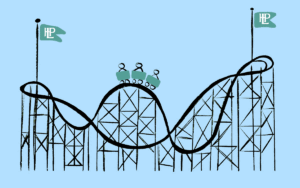 Did you know? America’s first true roller coaster, the Switchback Gravity Pleasure Railway, opened at Coney Island in 1884. The first roller coaster with a vertical loop-the-loop would open five years later.
Did you know? America’s first true roller coaster, the Switchback Gravity Pleasure Railway, opened at Coney Island in 1884. The first roller coaster with a vertical loop-the-loop would open five years later.
Though amusement park rides deliver intense, adrenaline-fueled thrills, safety is still a priority for designers, staff, and visitors. Theme parks are often sprawling complexes, with Orlando’s Walt Disney World occupying a staggering 27,500 acres of land (about 43 square miles!), and even smaller parks tend to boast vast stretches of space crammed with visitors and more attractions than can easily be experienced in a single day. Don’t forget:
- Plan ahead! When you first arrive at the park, use your phone camera to grab a quick photo of your family group. You can show this to park staff as a reference if any member of your group gets separated and needs to be found. Make sure your children have some form of identification that they can’t easily put down and lose, like a wristband or other wearable object with your contact details on it. This will help park staff effect a quick reunion of your family in the event of accidental separation.
- Choose a meeting point. Find a landmark that’s centrally located and easily seen within the park, and use that location as a rallying point in the event your group becomes separated. Teach your kids to find a staff member or security personnel and ask to be escorted to your chosen meeting place if they can’t find you.
- An ounce of prevention: Parks can be chaotic and crowded, so it’s important to maintain physical contact (such as by holding hands) with your children in turbulent areas. Establish a buddy system and a meet-up location for children old enough to explore without an adult. Watch for signs of fatigue or overstimulation in smaller children that could lead to unusual behavior like breaking away and running off.
- Beware the elements! Amusement parks are at their most popular in the summer months, when temperatures soar, and the sun beats down with unforgiving intensity. Long lines for rides and attractions seldom offer shade, and sunburn, dehydration, and heat illness are very real threats. Use sunscreen with SPF 30 or better on areas of exposed skin and remember to reapply every two hours. Consider hats to protect from direct sunlight, and wear cool, breathable clothes. Take regular water breaks, carrying water with you in order to stay properly hydrated.
Record Breaking Thrills! Clocking in at a breathtaking 128 mph, the fastest roller coaster in the United States is Kingda Ka, located at Six Flags Great Adventure in New Jersey. Despite those incredible speeds, there’s another roller coaster that’s even faster – Formula Rossa, in Abu Dhabi, UAE, zooms into first place at 149 mph!
Staying Safe at Staggering Speeds
People visit theme parks to enjoy the experience of fun and freedom, but following the basic safety rules surrounding rides is critical to enjoying your thrills safely.
- Obey the restrictions. Some attractions limit riders to a certain age, height, or weight range. These limitations don’t exist to spoil younger children’s fun, but to keep them safe: many of these rides involve high speeds and complex forces, and the safety gear may not adequately protect a child that doesn’t fit properly into the harness. If a ride attendant says your child doesn’t meet the size requirements, understand that they are only trying to keep your child safe, and choose a more age-appropriate attraction.
- Explain the rules: Talk to your kids and get them on board with the idea of following the safety rules of the park before they get on board any of the rides. They should understand that safety harnesses and restraints are not optional, and they need to follow the instructions of the ride attendants about keeping their limbs inside the ride car, staying seated, or any other rules provided for their safety.
- Forewarned is forearmed: You know your kids better than anyone. Are they afraid of heights, or loud noises, or darkness? Check out the rides before you bring them on and talk to your children about what they can expect. If they seem apprehensive or you notice fear triggers, maybe skip that one.
With these basic precautions you can prevent the majority of amusement park mishaps, but in rare cases things go disastrously wrong – due to structural or mechanical failure, or operator error. When something goes wrong with a theme park ride, serious injuries can result. If you or a loved one has been injured at an amusement park, we can help.
Contact MyNJInjuryLawyer Howard P. Lesnik
If you or a loved one suffered an injury in an accident in NJ, you should contact an attorney familiar with handling these claims. An experienced NJ Injury Lawyer will know how to obtain medical records, videos, photographs, experts, locate witnesses and contact the insurance company so you can make a claim for your injuries.
My NJ Injury Lawyer Howard P. Lesnik, Esq. offers complimentary strategy sessions to address any issue or questions you may have for your injury claim in NJ.
Please contact NJ Injury Lawyer Howard Lesnik, Esq., immediately if you were involved in an accident. I personally handle NJ personal injury cases on a regular basis. Please contact me now by email, by phoning 908.264.7701, or by completing the form to the right to schedule your complimentary 30-minute strategy session. Call me direct and I will answer 5 questions that you have about your potential claim.


